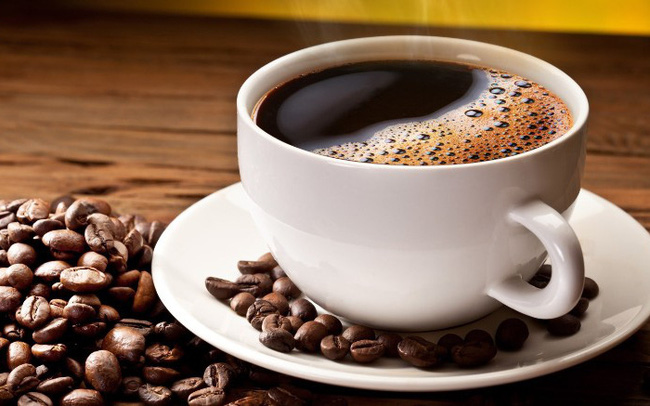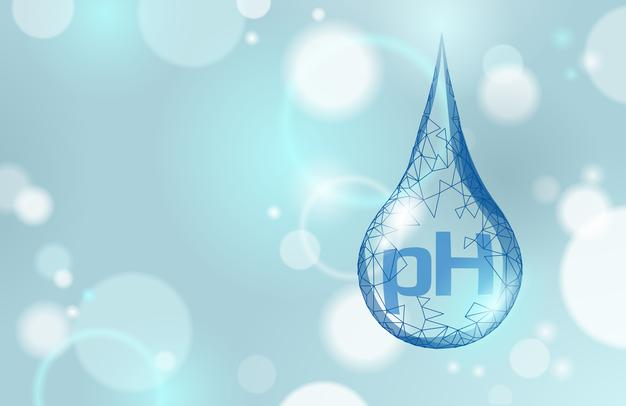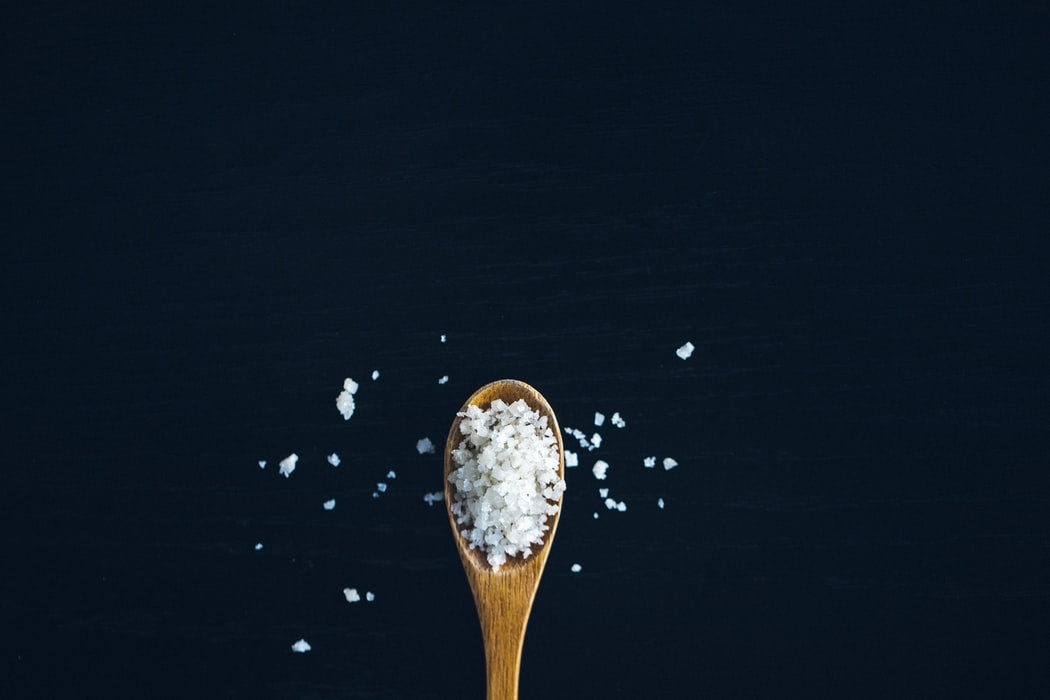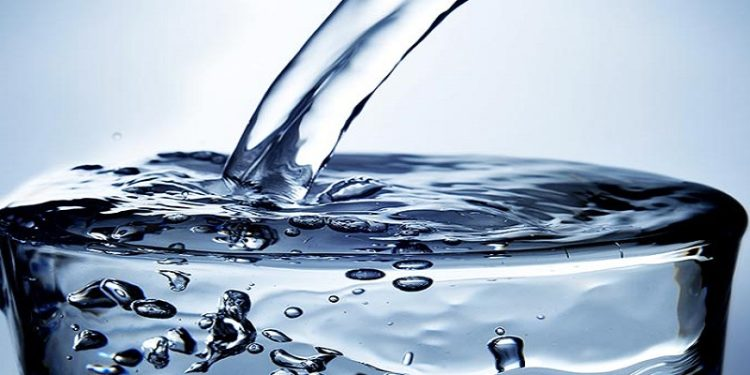Adjusting the feed water to change the amount of hard minerals is difficult because too many hard minerals are also the cause of lime scale, water hardeners, causing peeling and sticking inside the kettle. and boiler when you heat hard water. Lime is obviously harmful to equipment and can also negatively affect its performance – lime is a poor conductor of electricity, so it consumes more energy to heat the same volume of water.
With the investment in high-end equipment to produce pure water that will produce a lifeless cup of coffee as a result of using too soft water, it is clear that the balance of hardness is the key to achieving results. the best without messing up your gear in your quest for the perfect coffee.
Both calcium and magnesium are said to be better able to extract coffee flavor. The above study found that “high concentrations of magnesium ions increase water extraction and improve flavor” while there is some random evidence from the beer industry that magnesium salts can produce undesirable bitter taste. In general, we recommend that a good cup of coffee contains this amount of hard mineral for optimal flavor extraction.
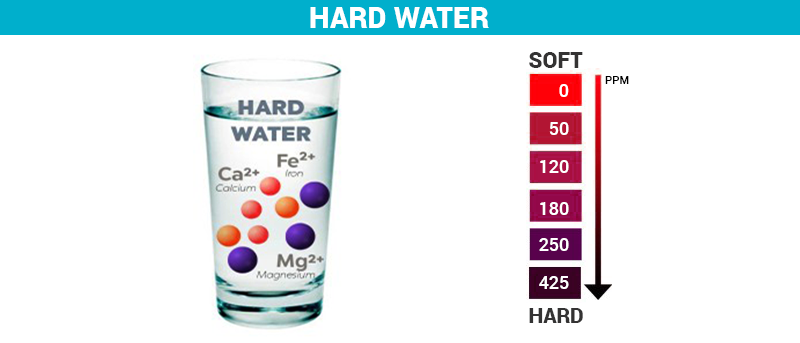
What is the total dissolved solids (TDS) ratio?
To help you better understand the term “total dissolved solids”, it is probably best to briefly run through the definitions of a few terms at this point.
TDS stands for “total dissolved solids” and this includes hard minerals dissolved in your water. It is measured in ppm (parts per million) with 50 ppm generally considered soft water and 180 ppm hard water. To make this clear, the American Specialty Coffee Association recommends 150 mg/l (equivalent to 150 ppm) as the target TDS level for brewed water, although it also suggests that 75 – 250 mg/ l is the “acceptable range”.
 So now you know how good TDS is and how to measure it. However, as mentioned earlier, it’s not just the amount of dissolved solids that affect your coffee, the types of hard minerals also have a different effect on the flavor of brewed coffee. A study by the Journal of Agricultural Food has found that a positive ion found in hard water (called a ‘cation’) has a beneficial effect on the taste of coffee.
So now you know how good TDS is and how to measure it. However, as mentioned earlier, it’s not just the amount of dissolved solids that affect your coffee, the types of hard minerals also have a different effect on the flavor of brewed coffee. A study by the Journal of Agricultural Food has found that a positive ion found in hard water (called a ‘cation’) has a beneficial effect on the taste of coffee.
See more article what is TDS in water?
What about Sodium and Potassium?
Sodium is often found in tap water in higher concentrations than potassium. In low levels, these minerals can add sweetness to coffee flavors, although sodium is a component of salt, so obviously too much is detrimental, creating a salty cup of coffee. … !
Sodium chloride can also obviously cause the coffee grounds to swell, affecting extraction time. With too much harmful salt, the sodium in European drinking water is capped at 200 mg/l while the American Specialty Coffee Association recommends at least 10 mg/l sodium in latte standards. mine.
Iron & copper
Iron and copper can leach into water from old pipes and plumbing and even in small amounts they can cause a metallic taste in coffee. Both are filtered out the best.
Carbonate, Bicarbonate and Hydroxide
Alkaline ions affect the pH of the feed water and can also combine with other dissolved contaminants to form deposits. To refer back to the research of our friends at the Journal of Agri-Food, they specifically found that “high concentrations of bicarbonate are bad for taste”.
Chloride
While sodium chloride (or more commonly known salt) can obviously spoil your coffee, chloride itself has a detrimental effect on stainless steel and at high levels can actually break down. In small amounts, chloride is reported to contribute to a mild sweetness to the coffee, although it’s probably not worth risking your best stainless steel coffee maker to test this.
Sulphates
Sulphates in your feed water could be the problem. Not only are sulphates thought to enhance the bitterness in brewed coffee, but when combined with calcium to form calcium sulphate, they can cause hard white deposits inside your appliance.
pH
pH is a measure of the acidity/alkalinity of water: the lower the pH, the more acidic your water, and the higher the pH, the more alkaline. The scale runs from 1 to 14 with 7 being completely neutral. According to the American Specialty Coffee Association, although your water should be completely neutral, a pH between 6.5 and 7.5 is acceptable.
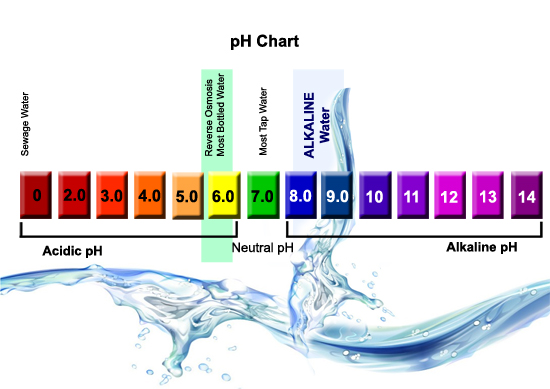
Learn more about What is pH in water?
Bottled water
So how best to get this perfect water for coffee? The water that has a pH that is not too high, not too low, nor too few minerals, is free of chlorine or sediment, and has a balanced hardness?
Some sources recommend bottled water, but I’m sure you’ll agree that water can be quite expensive, rather quickly consumed. In addition, bottled water tends to have a very high mineral content (mineral water, spring water) or a very low mineral content (purified water), with some brands offering a medium hardness level. found in most municipal water supplies.
Bottled water is also an environmentally unfriendly way of generating more carbon: because water is heavy and transporting it will inevitably increase your carbon footprint. There is also the waste plastic generated by all those bottles, so if you value your green credentials, then bottled water wouldn’t be a wise choice.
Install your own water treatment system
Treating your own water gives you the advantage of being able to specify exactly the type of water treatment that is best suited for your feed water. From relatively simple carbon filters to reduce chlorine and sediment to filters specifically designed to reduce chlorides and sulfates for areas where they are present in excessive amounts – there are as many solutions as for types of water.
The absolute quality of water treatment systems in today’s coffee applications must be reverse osmosis (R.O.). Traditional reverse osmosis systems use an extremely fine membrane to essentially remove everything from the water, leaving you with no hard minerals.
However some new R.O. systems specifically designed for the coffee market have special brewing valves that allow you to mix different amounts of water after passing through the R.O. Perfect! But I heard you ask about scale, what if I don’t boil the water, will the calcium still build up in my device? That’s all considered, the water that passes through the membrane is still passed through a carbon filter to reduce chlorine and the RO membrane principle ensures that your equipment will not be scaled up. Arranged! These systems are now so highly regarded that some roasters specifically ask their customers or stores to use them to brew coffee.
So you have it. Best water for making coffee or espresso? It could be reverse osmosis water but it depends on what is in your water in the first place so always test your water first. You won’t know the best way to treat your water until you find out what’s already in it.
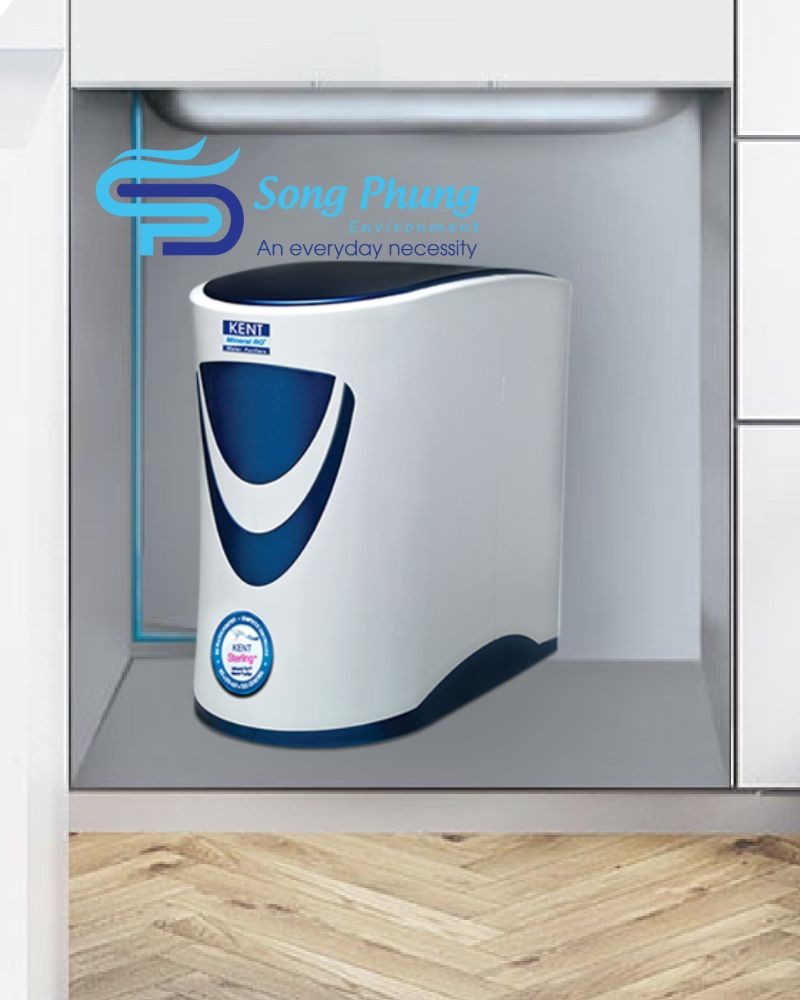 Máy lọc nước RO-Kent Sterling Plus
1 × $0.01
Máy lọc nước RO-Kent Sterling Plus
1 × $0.01 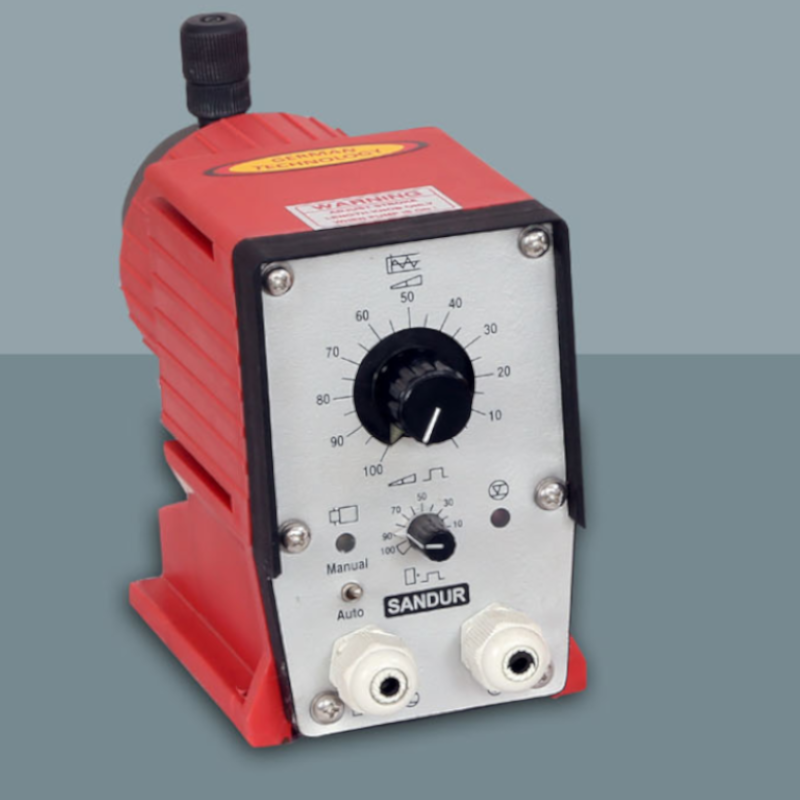 Chemical dosing pump CC3 0212 PP
1 × $0.01
Chemical dosing pump CC3 0212 PP
1 × $0.01 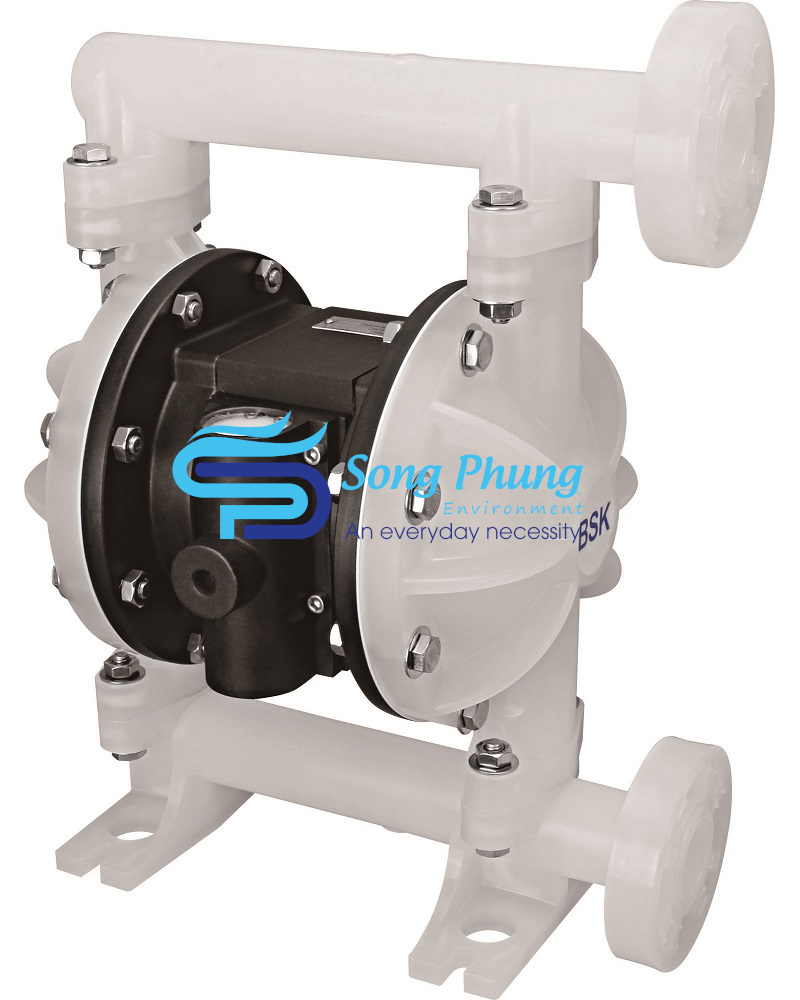 AODD BSK pump BA25PP-PTT4-C 1inch
1 × $0.04
AODD BSK pump BA25PP-PTT4-C 1inch
1 × $0.04 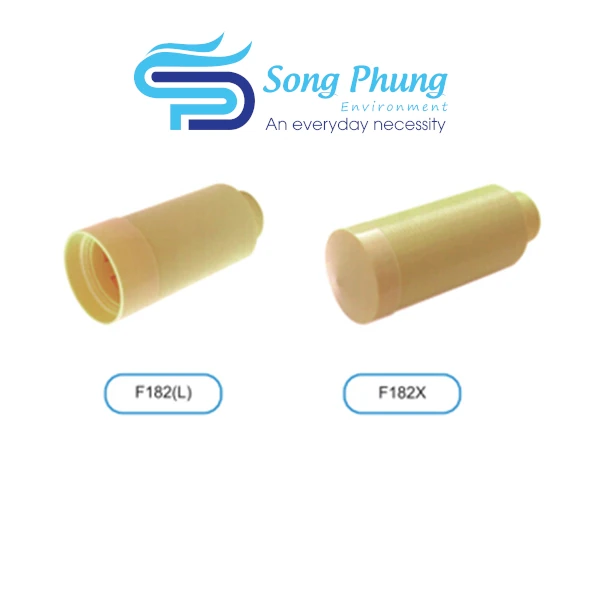 Top-mount upper distributor 4inch
1 × $0.00
Top-mount upper distributor 4inch
1 × $0.00 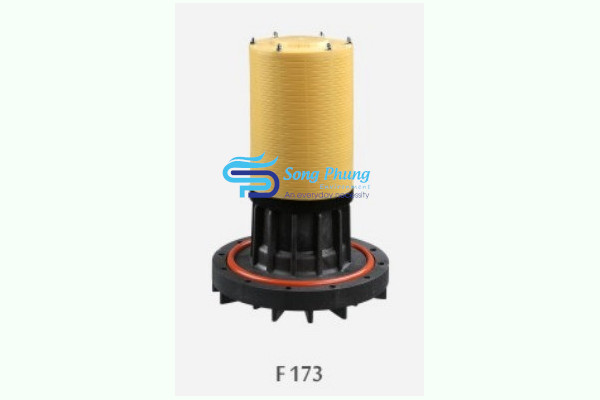 Side-mount distributor F173 for 6inch connector
1 × $0.00
Side-mount distributor F173 for 6inch connector
1 × $0.00 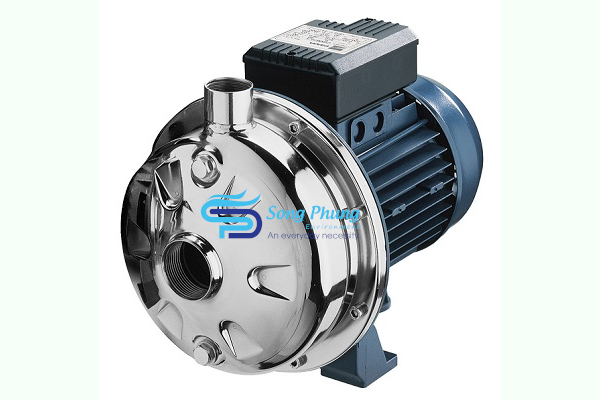 Centrifugal pump CDXM 200/20
1 × $0.03
Centrifugal pump CDXM 200/20
1 × $0.03  Fleck top distributor 2.5inch
2 × $0.00
Fleck top distributor 2.5inch
2 × $0.00 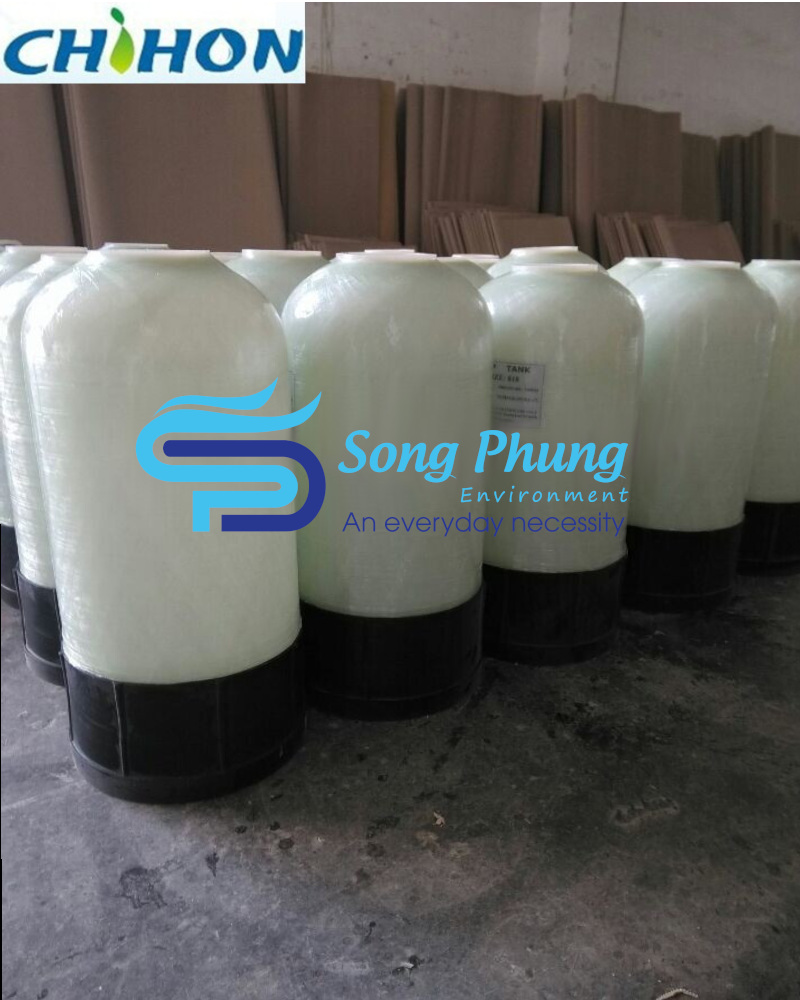 FRP filter tank 818 - 2.5T
1 × $0.00
FRP filter tank 818 - 2.5T
1 × $0.00 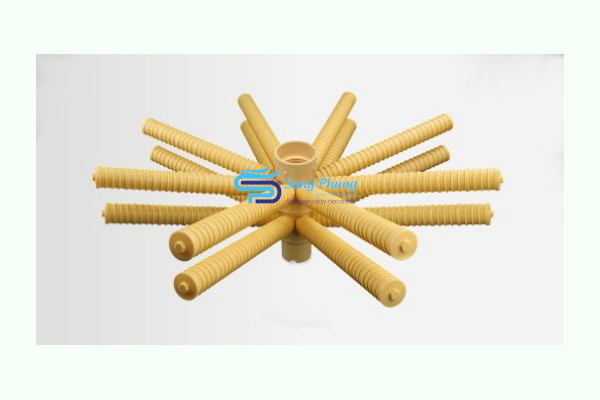 Bottom Top-mount distributor for 4272 FRP tank
1 × $0.00
Bottom Top-mount distributor for 4272 FRP tank
1 × $0.00 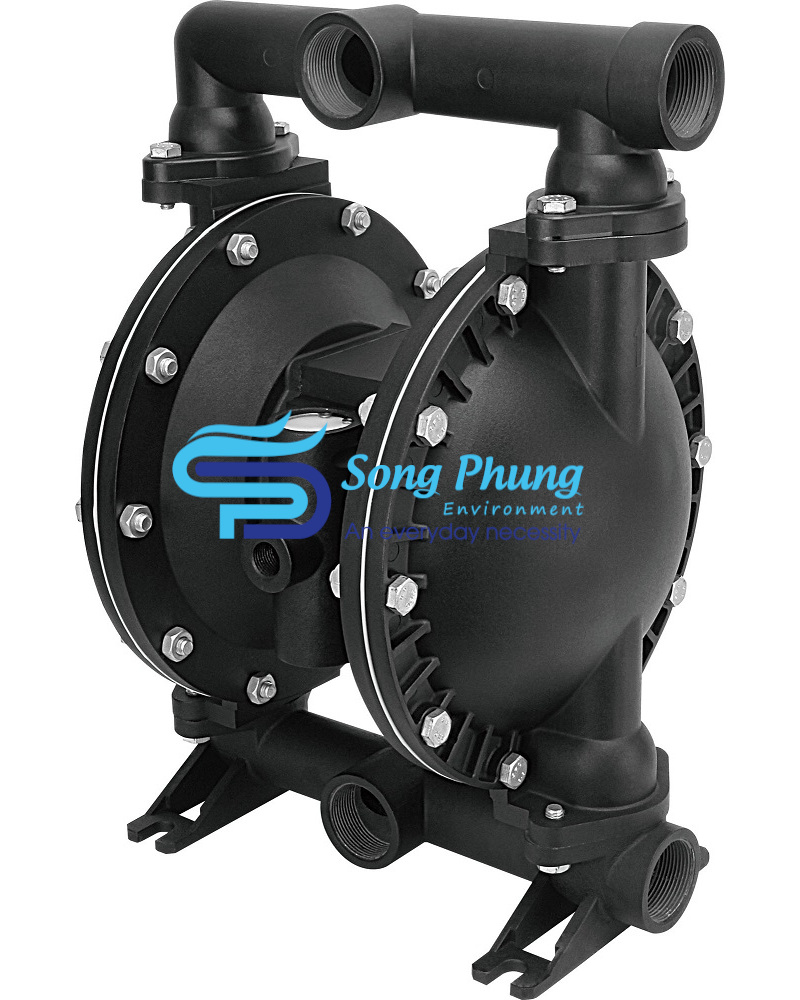 AODD BSK pump BA40AL-P991-A 1.5inch
2 × $0.03
AODD BSK pump BA40AL-P991-A 1.5inch
2 × $0.03  UV disinfection system 10m3/h
1 × $0.04
UV disinfection system 10m3/h
1 × $0.04  Centrifugal pump CDXM 120/12
1 × $0.02
Centrifugal pump CDXM 120/12
1 × $0.02  AODD BSK pump BA50PP-PTT4-C 2inch
2 × $0.11
AODD BSK pump BA50PP-PTT4-C 2inch
2 × $0.11 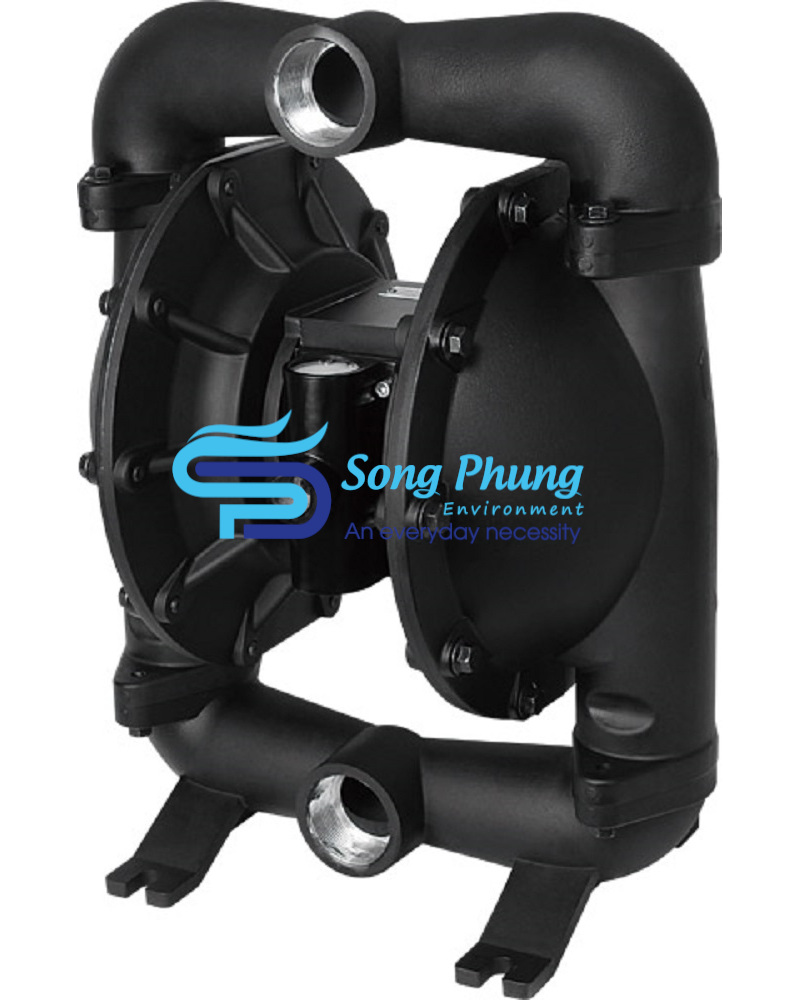 AODD BSK pump BA50AL-9990-A 2inch
1 × $0.05
AODD BSK pump BA50AL-9990-A 2inch
1 × $0.05 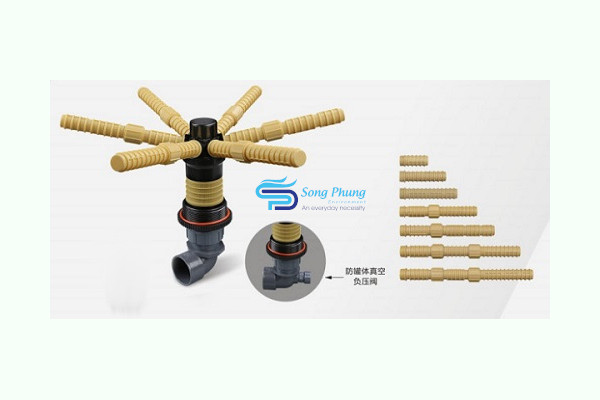 Bottom Side-mount distributor for 3072 FRP tank
2 × $0.00
Bottom Side-mount distributor for 3072 FRP tank
2 × $0.00 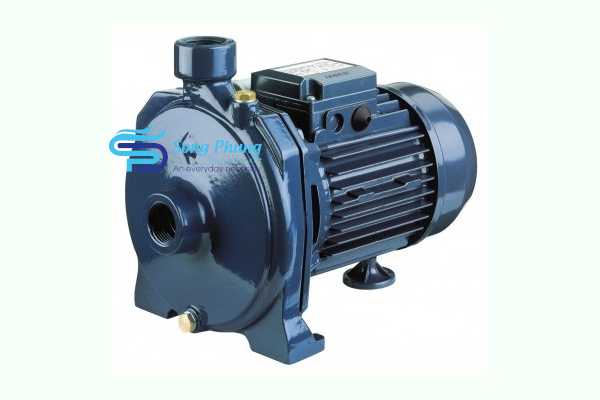 Centrifugal pump - CMA 0.75M
1 × $0.01
Centrifugal pump - CMA 0.75M
1 × $0.01 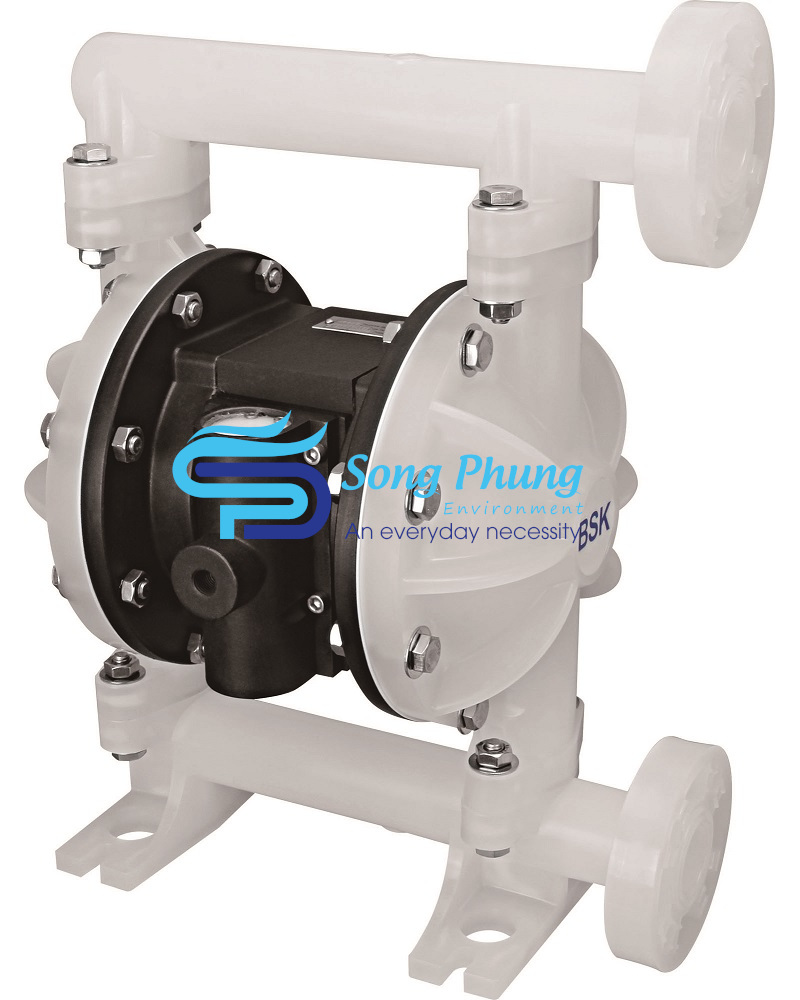 AODD BSK pump BA40PP-PTT4-C 1.5inch
1 × $0.07
AODD BSK pump BA40PP-PTT4-C 1.5inch
1 × $0.07  Vertical multistage pump - CVM AM/12
1 × $0.02
Vertical multistage pump - CVM AM/12
1 × $0.02  Bottom Side-mount distributor for 2472 FRP tank
1 × $0.00
Bottom Side-mount distributor for 2472 FRP tank
1 × $0.00 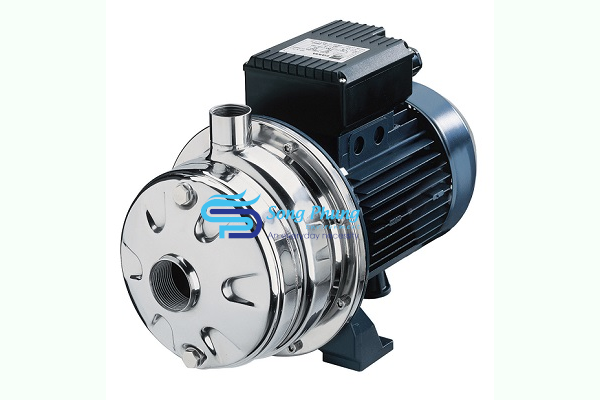 Centrifugal 2 stage pump 2CDXM 70/20
1 × $0.03
Centrifugal 2 stage pump 2CDXM 70/20
1 × $0.03  Bottom Top-mount distributor for 6096 - 6386 FRP tank
1 × $0.00
Bottom Top-mount distributor for 6096 - 6386 FRP tank
1 × $0.00 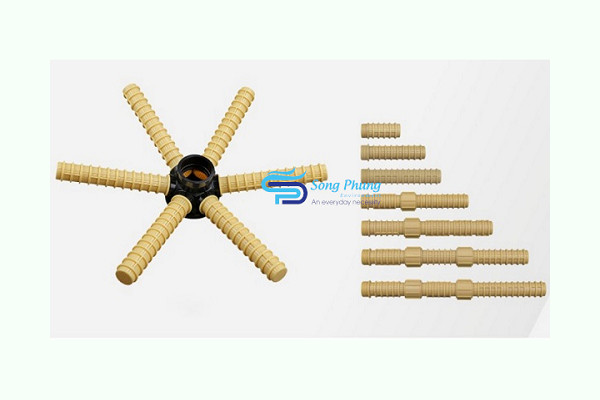 Bottom Top-mount distributor for 1354 - 1665 FRP tank
1 × $0.00
Bottom Top-mount distributor for 1354 - 1665 FRP tank
1 × $0.00  Centrifugal 2 stage pump 2CDX 70/15
1 × $0.03
Centrifugal 2 stage pump 2CDX 70/15
1 × $0.03 
